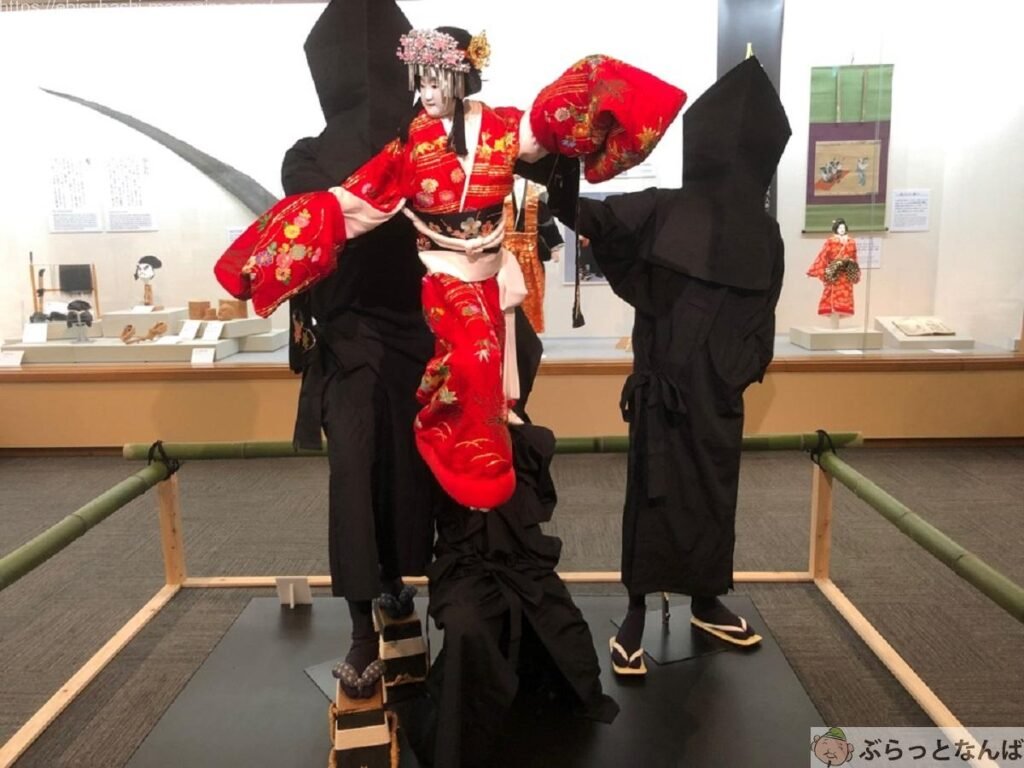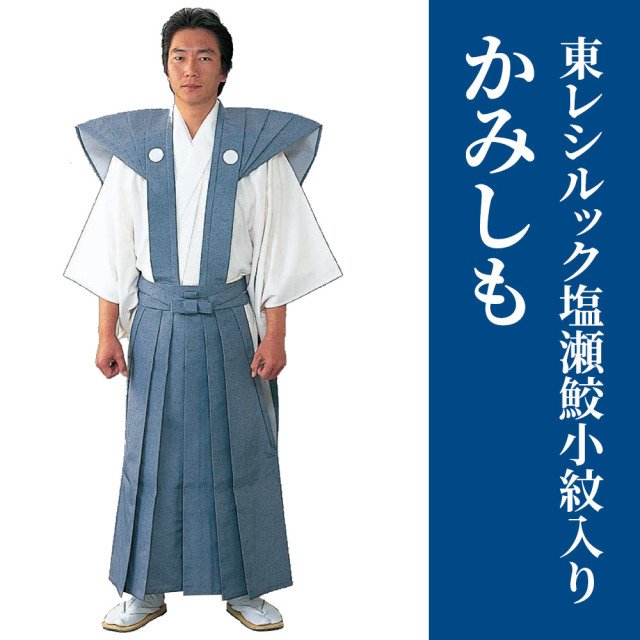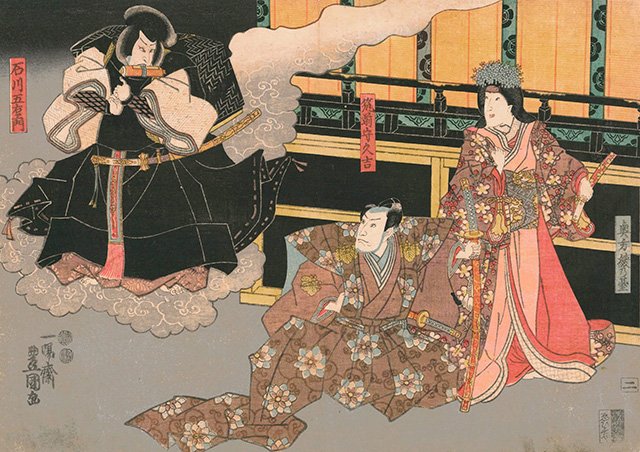Originating in the 17th century, Bunraku (文楽) is a form of Japanese professional puppet theater and is one of the four classical theater forms in Japan, alongside kabuki, noh, and kyogen. The name “bunraku” originates from “Bunraku-za,” the sole surviving commercial bunraku theater into the modern era. Bunraku is also known as “ningyo joruri,” which reflects its origins and essence. “Ningyo” means “doll” or “puppet,” while “joruri” refers to a style of dramatic narrative chanting accompanied by the three-stringed shamisen. Here, we delve into what makes Japanese puppetry unique and how it differs from other puppetry traditions.
Bunraku puppets are larger than those used in most other puppetry traditions. Standing at around three to four feet tall, these puppets are intricately crafted from wood, consisting of a “head, shoulder board, trunk, arms, legs, and costume” with movable parts that allow for expressive gestures and detailed actions. Their heads and hands are carefully carved to convey a wide range of emotions, and they are adorned in elaborate costumes that reflect the characters they portray.
Each puppet is a work of art, with different heads and hands used to represent various characters, from noble samurai to delicate princesses. The detailed craftsmanship ensures that the puppets can convey subtle emotions and actions, making them appear almost lifelike.

One of the most distinctive features of Bunraku is the use of three puppeteers to manipulate each puppet. This manipulation system allows for an extraordinary range of motion and expression. Generally there are 3 roles:
1. Omozukai (主遣い): The lead puppeteer, who controls the head and right hand, is responsible for the puppet’s facial expressions and primary actions. Unlike the other puppeteers, the omozukai is often visible to the audience, showcasing their skill and connection to the puppet.
2. Hidarizukai (左遣い): The assistant puppeteer who controls the left hand. This puppeteer wears a black hood and robes to blend into the background, emphasizing the puppet’s movements.
3. Ashizukai (足遣い): The second assistant puppeteer who manipulates the legs and feet. Also dressed in black, the ashizukai ensures that the puppet’s walking and other lower body actions are realistic.

This collaborative effort requires years of training and perfect synchronization, allowing the puppets to perform intricate and lifelike movements. Initially, all three puppeteers wore black robes and hoods to remain unseen by the audience. Today, the assistant puppeteers continue to wear black, while the master puppeteer performs in a formal kamishimo (裃). This attire includes a formal kimono, a sleeveless top (kataginu), and trousers (hakama), with the head uncovered. Despite this visibility, the master puppeteer’s face remains impassive throughout the performance.

Bunraku evolved from various genres of accompanied narrative music collectively known as jōruri (浄瑠璃), named after the popular epic “Jōruri-hime monogatari” (Tale of Princess Jōruri). As the genre progressed, performers incorporated puppets, or ningyō (人形), to visually depict the action. There are 3 main components:
1.Narration (Jōruri): The narrative aspect of Bunraku is delivered by the tayū (太夫), a chanter who provides the voices for all characters and narrates the story. The tayū’s performance is highly expressive, using varying tones, pitches, and styles to distinguish between characters and convey the emotional depth of the story. This narrative style is unlike any other puppetry tradition, where a single narrator delivers a complex, multi-character dialogue.
2.Music: Accompanying the tayū is the shamisen player, whose music sets the tone for the performance. The shamisen, a three-stringed instrument, provides a rich, dynamic sound that enhances the drama and atmosphere. The music and narration are tightly coordinated, creating a cohesive and immersive experience for the audience.
3.Puppetry: The puppets themselves are the focal point of the performance, brought to life by the skillful manipulation of the puppeteers. The combination of detailed craftsmanship, expert manipulation, and expressive narration makes the puppets appear almost human, capable of conveying complex emotions and actions.

Bunraku often explores themes of love, loyalty, duty, and tragedy, with stories drawn from historical events, classical literature, and everyday life. These themes resonate deeply with audiences, offering reflections on human nature and societal values. The rich storytelling, combined with the visual and auditory elements, creates a powerful and engaging theatrical experience.
Despite its traditional roots, Bunraku continues to evolve. Efforts to preserve this cultural heritage include regular performances at the National Bunraku Theatre in Osaka and recognition by UNESCO as an Intangible Cultural Heritage. Modern practitioners experiment with contemporary themes and techniques, ensuring that Bunraku remains relevant and engaging. One of the premier venues to experience this traditional art form is the National Bunraku Theatre, established in 1984 in Osaka’s Nipponbashi district. English programs are available, and some performances offer headsets with English commentary.
Japanese puppetry, especially Bunraku, is a unique and intricate art form that stands apart from other puppetry traditions. Its combination of detailed craftsmanship, skilled manipulation, expressive narration, and evocative music creates a theatrical experience unlike any other. As Bunraku continues to evolve and adapt, it remains a vital and cherished part of Japan’s cultural heritage, celebrating the timeless art of storytelling and human expression.